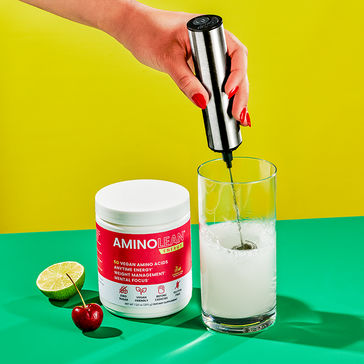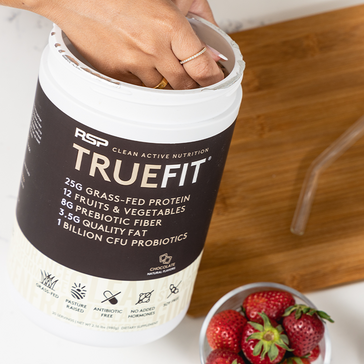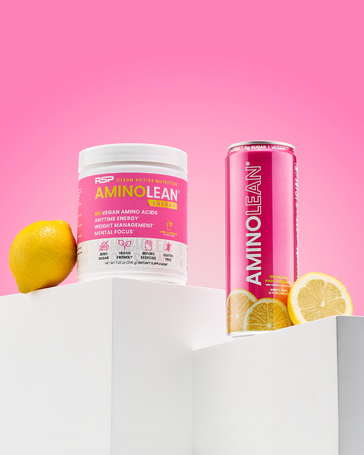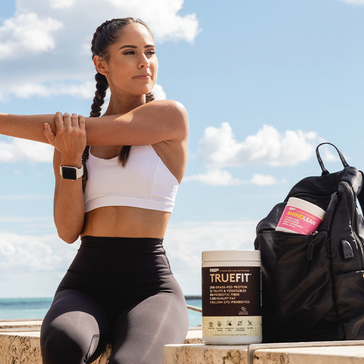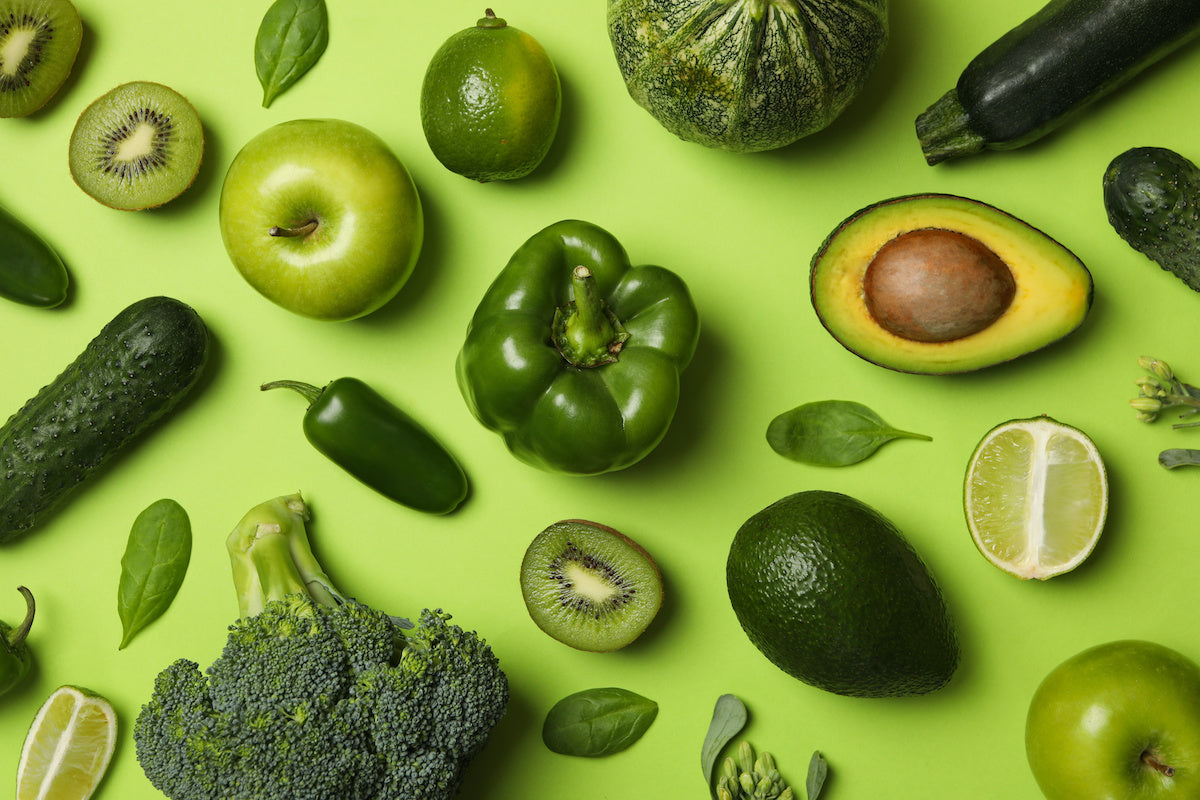By Shauna Milligan
Now the fun begins! Whole foods, plant-based, vegan diet — this is a concept that’s becoming more widely accepted by the health and wellness community. There is continuous evidence emerging that a vegan lifestyle is beneficial for human health, animal health, and our planet as a whole.
But what do the ins-and-outs of this lifestyle look like? Is it an extreme change? Is it as scary as it sounds? Let’s break it down!
By definition
A vegan diet consists of fruits, vegetables, grains, legumes, and more. Think: no animal products or by-products. It is a wholesome, cruelty-free approach to fueling your body.
Okay, so where do vegans get their protein?
Traditional vegan “meat” choices include tofu, tempeh, and seitan. These options are nutritionally dense and not as bland (or strange!) as they’re thought to be. By being creative and following some easy recipes, you can create the plant-based version of your favorites dishes using these substitutes.
Other protein sources include plant-based protein smoothies, beans, chickpeas, oats, nuts, spinach, mushrooms and quinoa. Fun fact: most vegetables contain some level of protein in them.
When transitioning to veganism, many new vegans are sure to add in plant-based protein smoothies. RSP Nutrition’s latest innovation, TrueFit plant protein powder is their new vegan protein powder, the perfect choice for a nutritionally dense plant protein smoothie.
It’s key to choose nutritionally dense foods when transitioning to veganism.
A common misconception of veganism is that you can only eat salads, and that you’ll constantly be hungry. This is understandable considering that the main bulk of a traditional diet is meat. If you used to add chicken to your salads for density, try subbing buffalo cauliflower, sweet potatoes, or roasted chickpeas. If you would normally eat spaghetti with meatballs, try pasta with sautéed mushrooms, steamed broccoli, and roasted tomatoes. You can spice up any meal and get your calories in by choosing bulky, nutritionally dense foods!
Meal prepping is a great way to go about it!
Planning your week ahead of time is always a good habit, regardless of your diet. Vegan meal prepping is no different. Making tofu or seitan in bulk will cover your protein. Baking a batch of sweet potatoes, broccoli, asparagus, or any of your favorite veggies, makes throwing together a healthy meal effortless as your week goes on. Add in quinoa or chickpeas, and you have filling meals ready to go!
Eat the Rainbow!
The best rule of thumb is to ‘Eat the Rainbow’. Mother nature has given us so many colorful and gorgeous sources of protein, carbohydrates, and fats. Below are some examples!
Red: Beets, Tomatoes, Apples, Peppers
Orange/Yellow: Carrots, Bananas, Sweet potatoes, Squash
Green: Spinach, Broccoli, Avocados, Brussel sprouts
Blue/Purple: Eggplant, Purple cabbage, Blueberries, Plums
White/Brown: Cauliflower, Mushrooms, Quinoa, Beans
If you focus on eating a wide variety of colors, you can achieve wonderful nutrition and feel balanced.
Navigating social norms.
Family members or friends may have questions about your new lifestyle. Embrace it! People enjoy discussing new and different ideas. Take every opportunity to humbly explain the small tweaks you’re making to your routine to better yourself and our world.
Your social life absolutely doesn’t have to change after becoming vegan! Almost every restaurant (even fast food chains) will happily accommodate a plant-based diet. Looking up the menu ahead of time helps you create a plan. If nothing initially jumps out as vegan, making small changes can turn a dish plant-based. If you’re craving pizza, skip the cheese and add extra sauce and veggies. Nachos can be vegan by ditching the cheese, and adding beans and extra guac. (That’s the best part anyway, right?)
New habits for a new chapter.
Venturing into a plant-based lifestyle shouldn’t feel like leaping into an unknown world without any lifelines. Starting with small changes is the best way to make any transition. Choosing one meal per day to make 100% plant-based, will be rewarding and achievable.
A protein shake is a perfect place to start. Using a plant-based milk and a plant protein powder, TrueFit Plant, is an impactful start to your morning.
Once comfortable with one meal, you can start swapping some of your go-to ingredients with the plant-based versions. By making small changes in your grocery shopping, you can slowly turn your pantry plant-based. Try grabbing plant-based chicken, bean burgers, vegan ice cream, etc. Of course vegetables, fruits, and plenty of whole foods are the main goal. But you do not have to sacrifice your go-to meals, delicious flavors, or occasional cheat days, to achieve the benefits of veganism.
Listen to your body.
Ultimately, the most important thing in life is to listen to your body. Deciding what to put in it – and what not to put in it – will create a balance within you that isn’t achieved by exercise alone. Start small, respect your body, and in turn you will increase your appreciation for yourself and our world, and everything they both can provide for us. Above all, enjoy the process!
